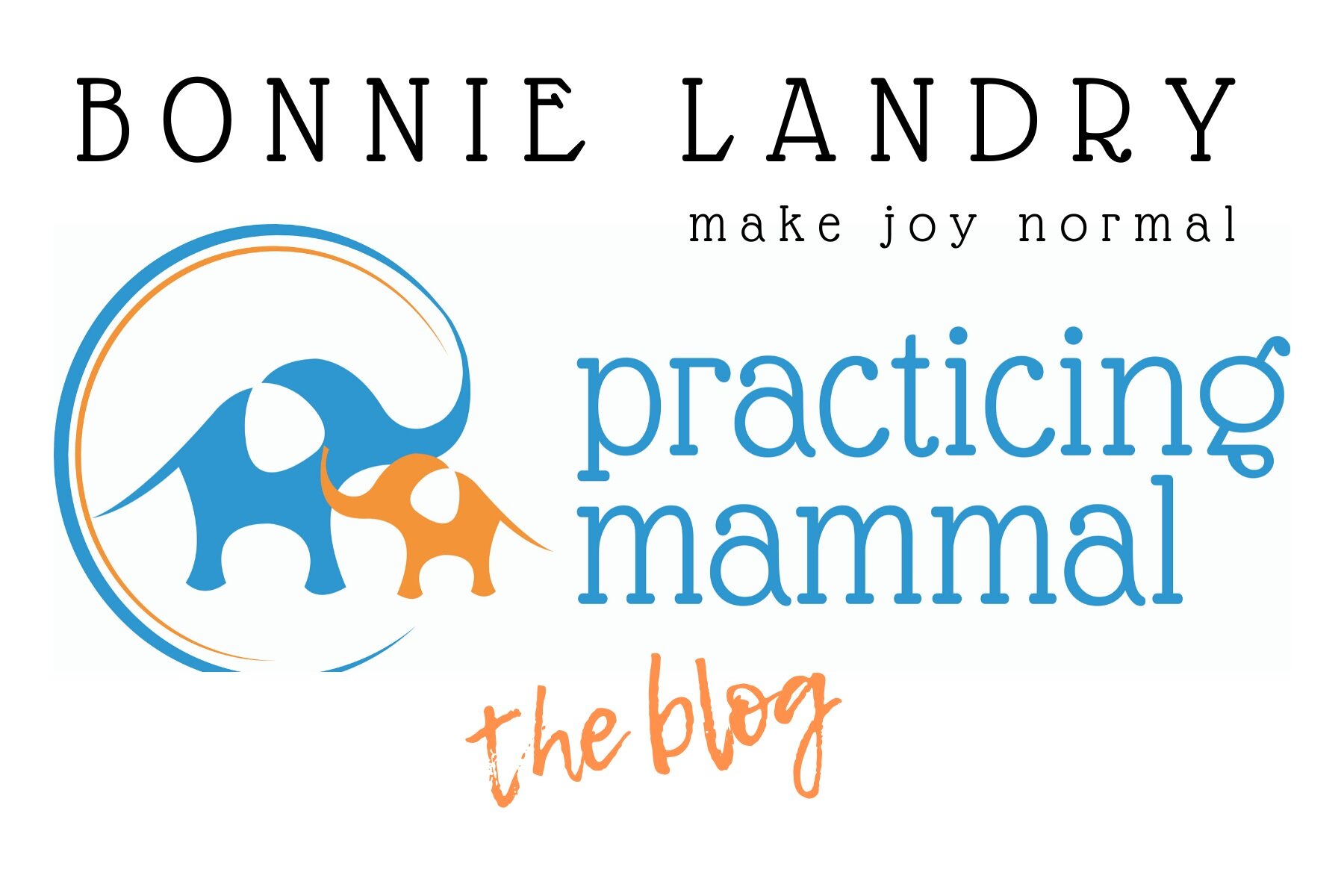a closer look at Charlotte's Web
We looked at these aspects of social studies inherent in Charlotte’s Web.
geography
economics
government
culture
history
In fact, in every book we read. Every story or novel has a setting, physical setting, a setting in time (even if it’s modern or fictional). It has weather, coastlines or deserts, villages, people get their food and necessities some how or other. Where the characters live is governed by something. Democracy, royalty, anarchy? These factors contribute to, and are affected by, the culture of the people.
It all makes for great conversation. But that’s not all Charlotte’s Web has going for it. It’s a story, made of words. Words put together specifically to tell THAT story. From the technical standpoint of language, the author has used spelling, grammar, sentence structure. He has employed parts of speech. He’s constructed paragraphs. He’s used the rules of language in order that we may more clearly understand what the story is about.
Literary devices are rampant. Imagery. Personification. Anthropomorphism. Simile and metaphor. Archetypes. Contrast. Dialect. Humour. Irony. Alliteration and onomatopoeia.
And, if that’s not enough language arts for y’all, well. The story has characters, a plot and conflict. It has a theme.
This story takes us from the skills of the pre-reader well into high school. You could mine this story for a year. Gold.

